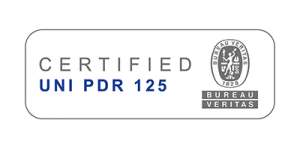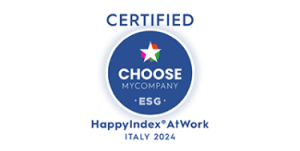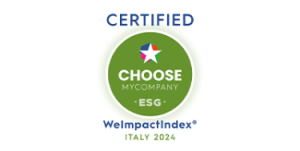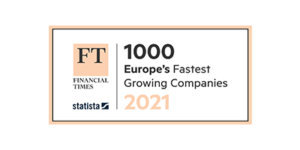
The Design Community and the power of improvisation
Two years have passed since the birth of the Growens design community. A pandemic and the acquisition of Contactlab happened in the meantime, and we as designers felt the need to meet each other face to face, once again.
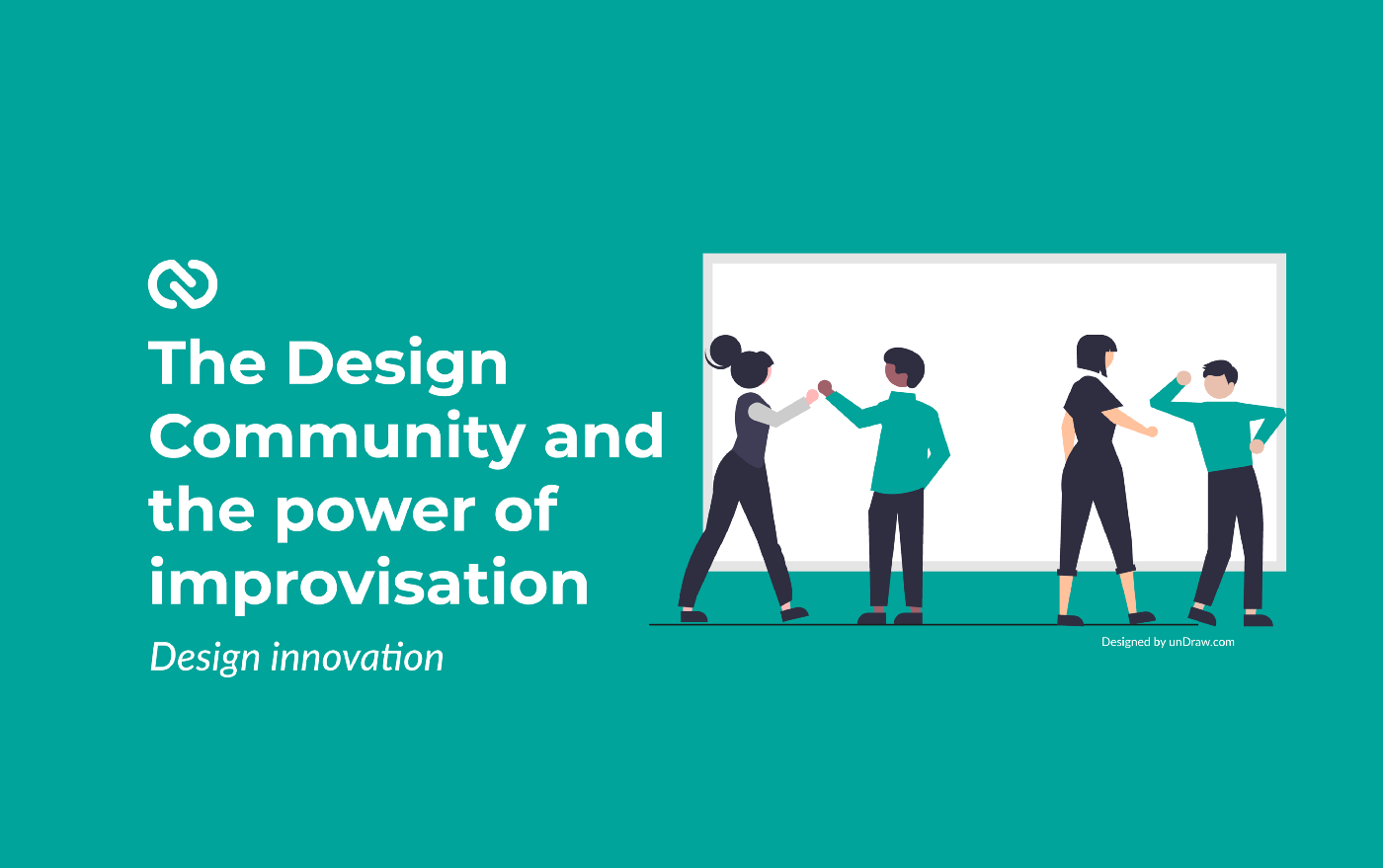
We were looking for a way to help all our colleagues to get the best value from a period of change.
We wanted to talk and unhinge the mechanisms of resistance to change, the fear of leaving our own comfort zone and the fear of getting involved, because often these elements hinder our personal growth and evolution.
The Summer Party 2022 that Growens hosted was an excellent occasion to celebrate the twentieth anniversary of the Group, to bring everyone back together and carry out an interactive activity – based on Growens values – for the Design Community.
Improvisation as an evolutionary tool
We decided to hold a business improvisation class with the support of Patrizio Cossa, a professional improviser and trainer. An improviser is an actor whose performances constantly change, according to the audience in the room, the cues of the evening and the context.
Together with Patrizio we focused on improvisation: a skill that is not only needed to build a show or to necessarily go on stage, but that we knew could be fundamental in everyday professional life.
Improvisation is especially useful in a context like the one the workshop participants are experiencing: it can help people who have just entered a new company or have joined a new workplace after an acquisition and have to discover how to collaborate with new teams and colleagues. This was the context in which we started this team activity.
Therefore, we asked Patrizio to work on three key words: responsiveness, listening and acceptance of the other.
The method we followed – business improvisation – allowed us to learn information with a direct and first-person approach. We spent three hours internalizing specific values: accepting a proposal, increasing listening and managing anxiety.
The workshop
The approach followed by our trainer is that of edutainment (educational & entertainment) which makes the training even more performative and functional.
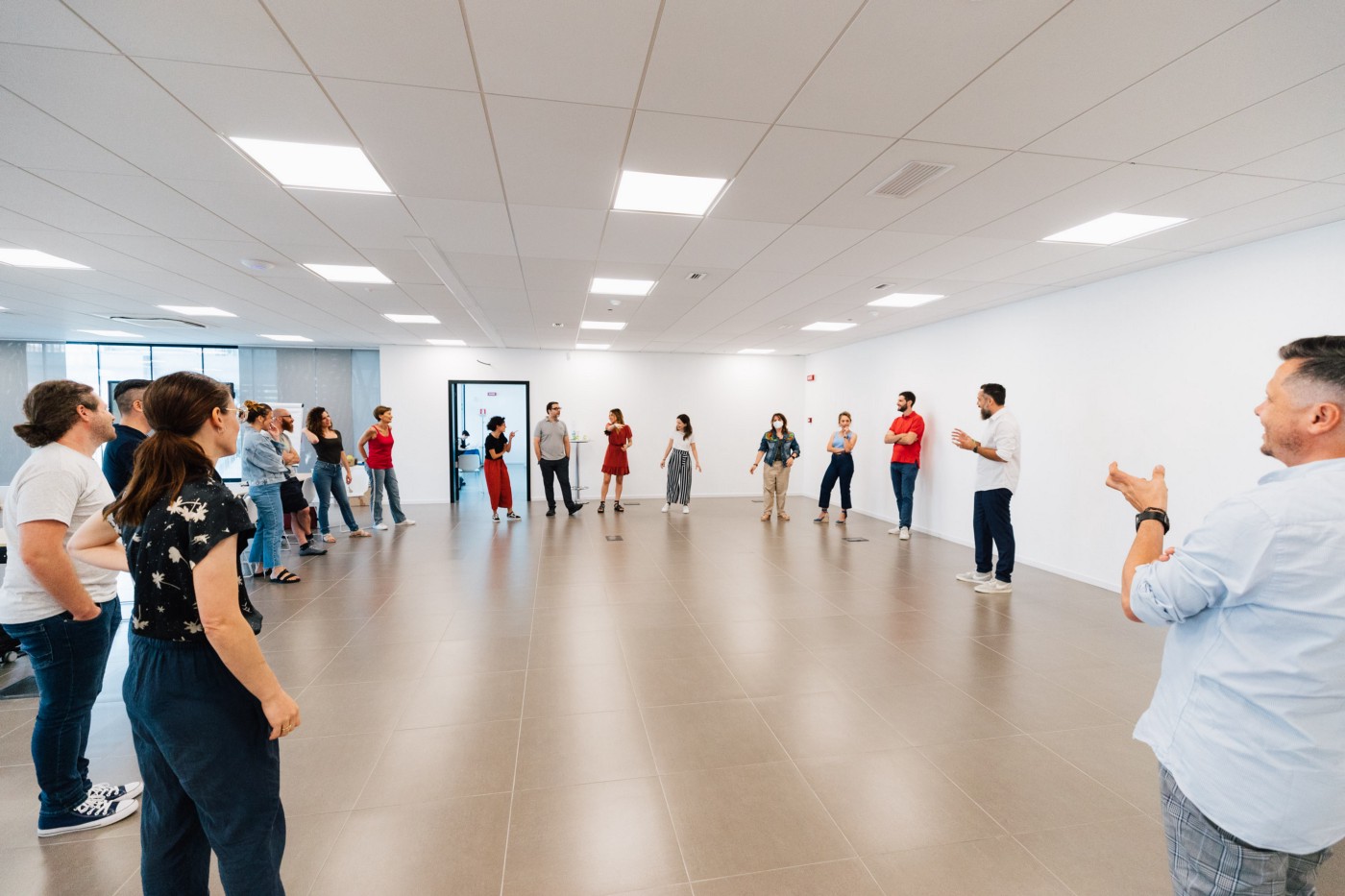
After a first warm-up, the 18 participants staged some small representations, guided by the trainer to practically apply what they had learned during the first part of the workshop.
Here are some examples that we would like to share with you and that summarize the atmosphere and the impact on participants.
Name exchange raft
The trainer asked us to imagine being on a raft on the water extending all over the room. We had to move around the room evenly – to keep the raft afloat – and when we met someone we had to shake hands and “exchange” names, taking the other’s namer.
We had to keep shaking hands until we got our name again. When this happened, we could detach from the group and leave the “raft”.
This activity focused on increasing listening, concentration and teamwork.
The individual’s goal was not to find his or her own name, but to get the other person to understand it well so that we could all finish the exercise together.
After several sessions the result was surprising: even if the activity seemed simple, the exercise never ended correctly. Within the group a name – that had already come up several times – resounded, a sign that someone had repeated the wrong name due to a lack of listening and concentration.
To complete the activity, it was necessary to slow down and listen more carefully to the name that was being passed around.
TV sales
Divided in pairs, we had to acquire – within a minute – as much information as possible about our partner and then subsequently “sell” them as if on a TV sales program, emphasizing their strengths and transforming any weaknesses into opportunities.
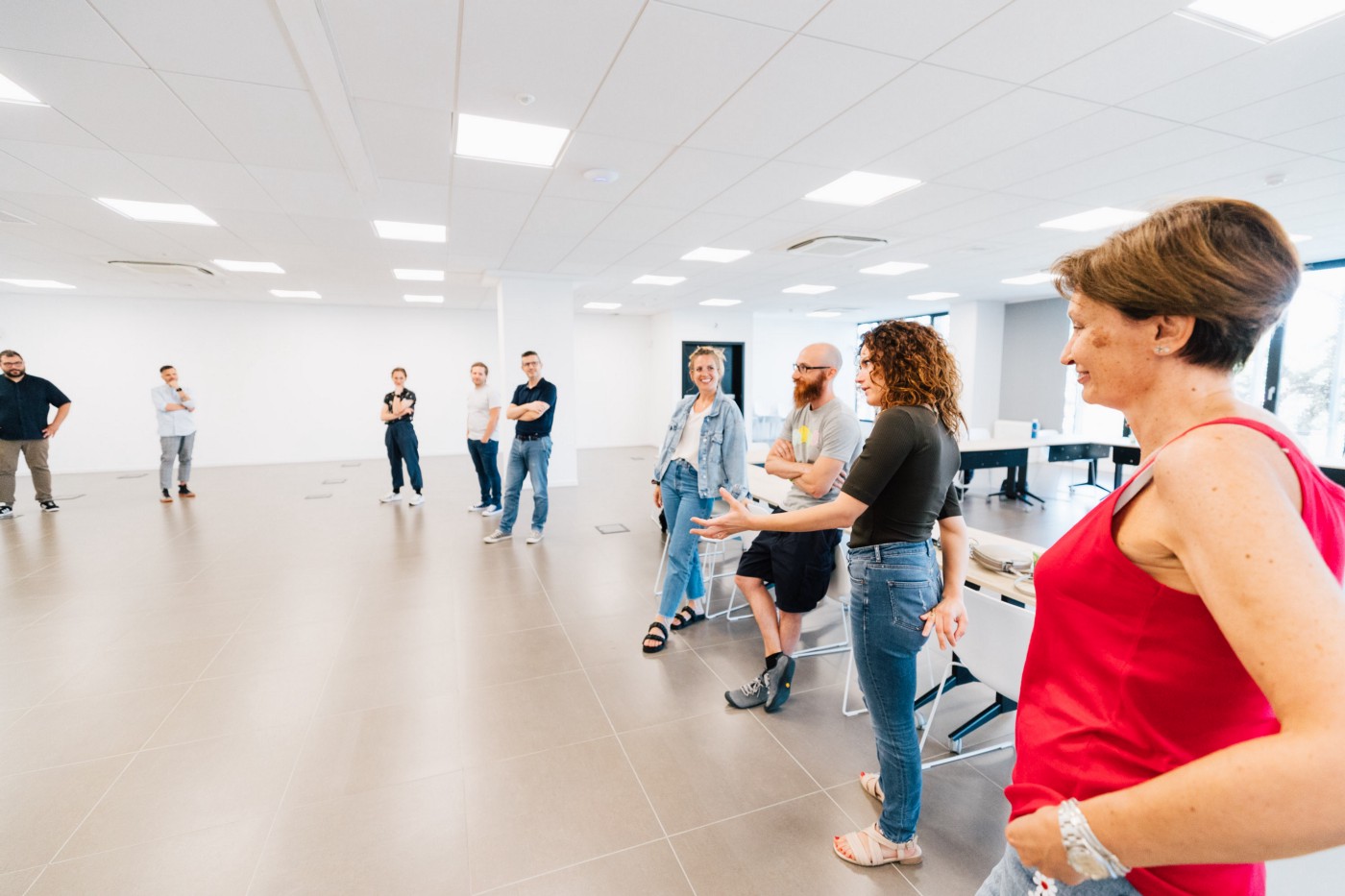
This activity allowed us to get to know each other better in a short time, and to listen, interpret and synthesize all the information provided to us. During the “selling” phase, it was surprising how everyone was able to find strengths in their partner and to share them by making these characteristics known to everyone.
Balls with names
Arranged in a circle, we had to throw a ball made of energy to other people, clapping our hands and pointing with our eyes to the person we wanted to throw it at.
Whoever received the ball had to turn to another participant and throw it without ever letting the energy drop.
Once we understood the mechanism, we added the variation of calling the person to whom we were going to throw the ball by name.If we couldn’t remember the name correctly, we had to ask for it. The goal was to always throw the ball to different people.
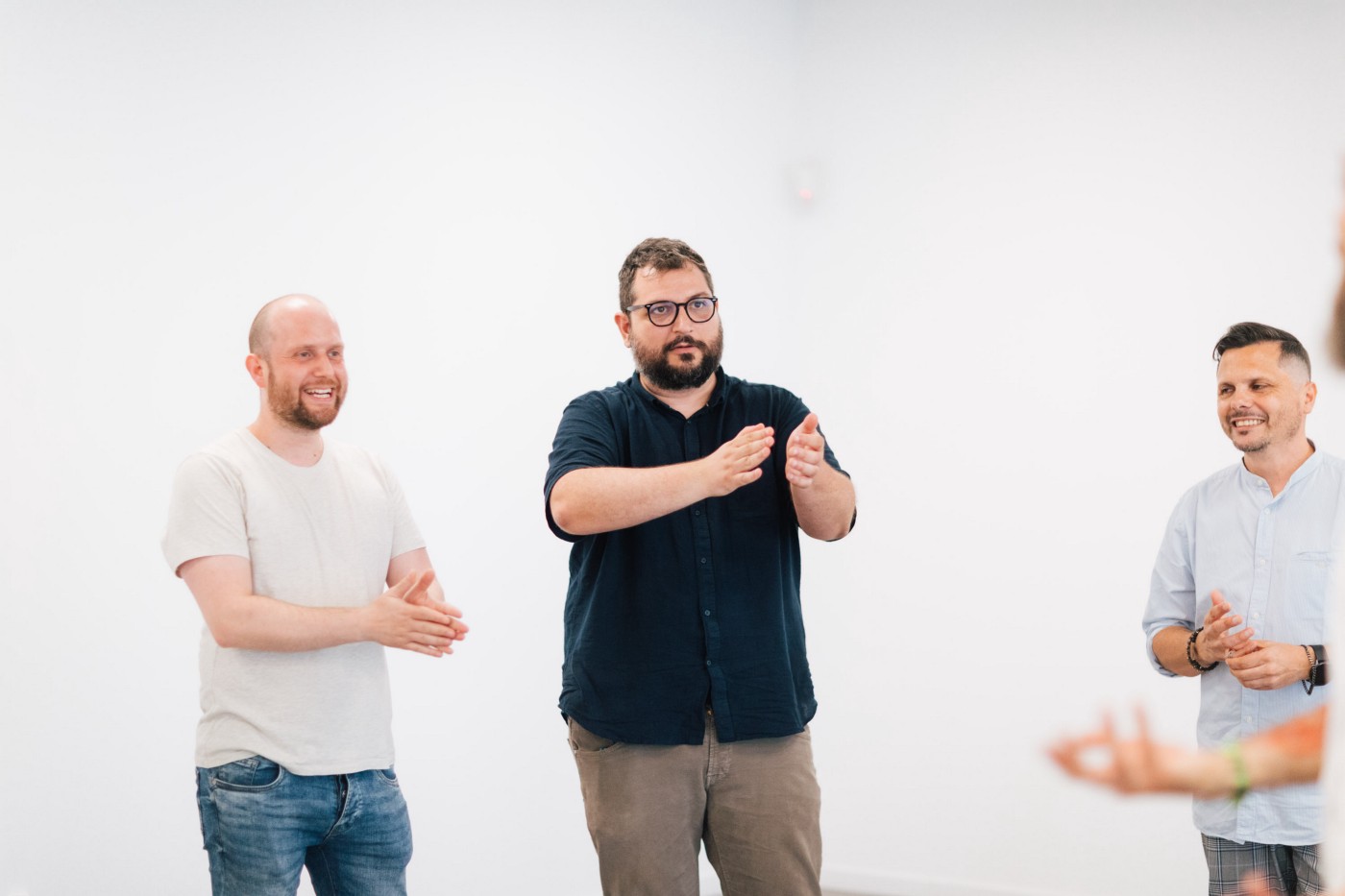
This caused us to struggle with not remembering names and forced us to get out of our comfort zone by paying attention to the people around us. The difficulty of raising one’s hand and asking for help is a mental barrier that was also addressed and analysed during this exercise.
One-word storytelling
Divided into small groups, we had to tell a story given by the trainer, but only one word each.
This game helped us in the improvement of listening, acceptance of the other’s proposal and having to be in the here and now, without already thinking about how the story will end, or directing it towards one’s own vision, because almost certainly every word can change the direction.
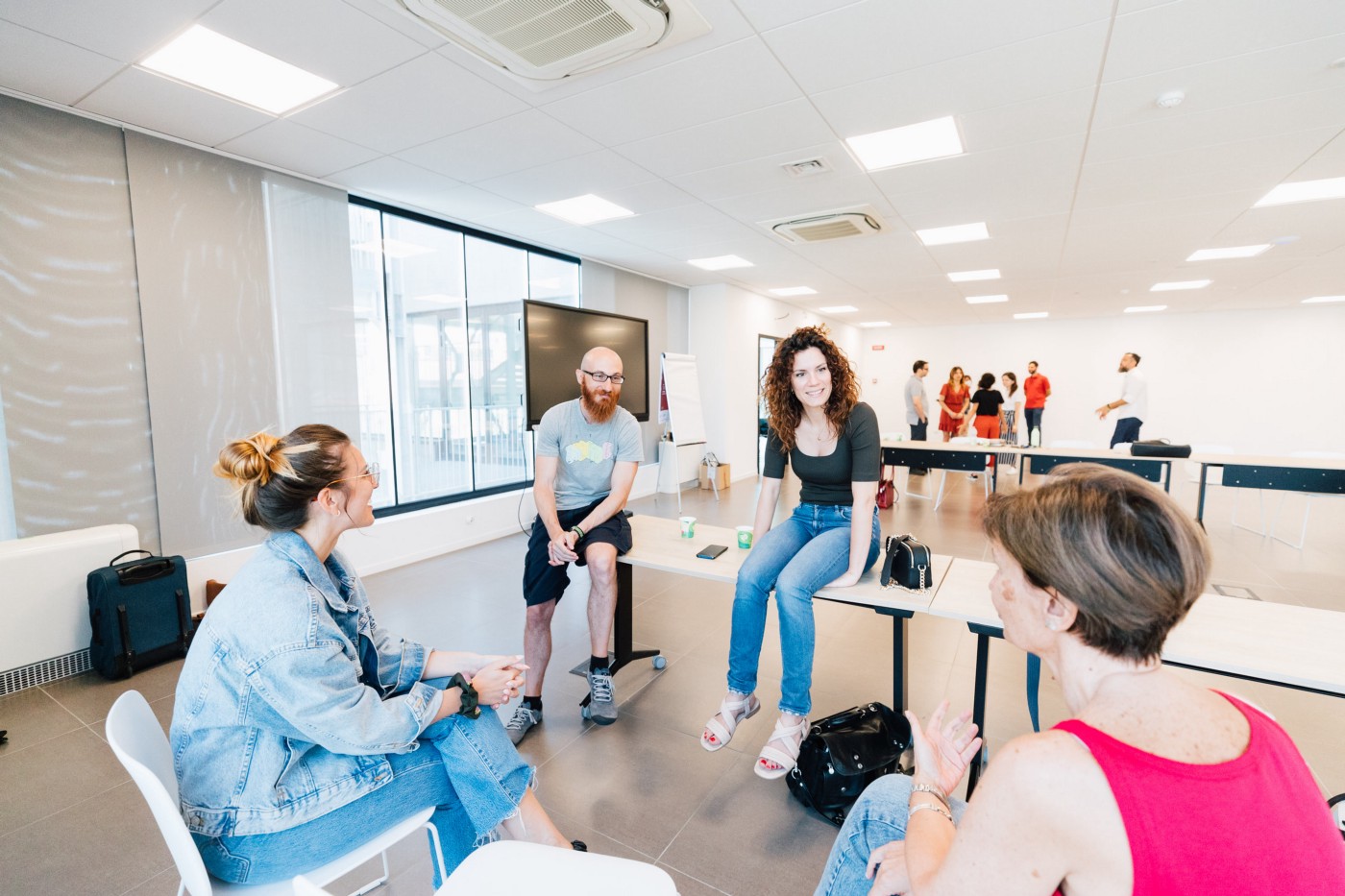
This activity was useful to work as a team, creating trust in one another and accepting others’ proposals, which led to an enrichment of the final vision that could not have been created alone.
When we play, we play seriously
As we pointed out at the beginning of the article, this activity’s goal was to dismantle the obstacles – often passive or unconscious – that block mutual knowledge and evolution in times of change.
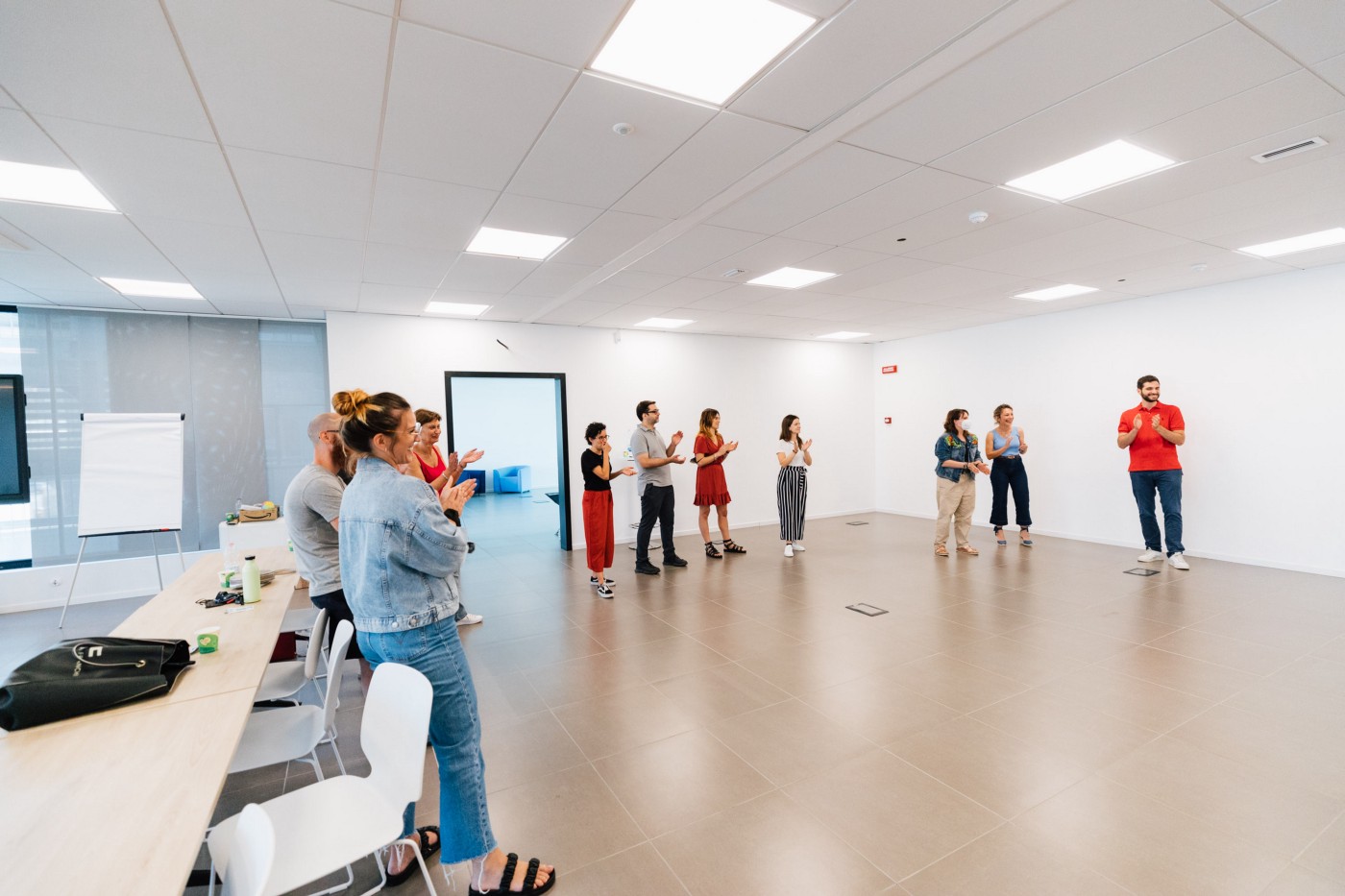
The very participation to this moment, so different from the usual induction meetings we are used to, was a challenge.
But in the end, this challenge was overcome thanks to the future thinking team leaders too. They were able to understand a fundamental concept:performance can be objectively increased by these kinds of sharing / knowledge activities. Moreover, they supported their team members’ participation in this event.
So, during the workshop, as well as in the cross team and cross Business Unit work, after a brief beginning of getting to know each other and natural embarrassment, the group the group jumped headlong into the mechanism of improvisation and experienced the true essence of the ” game” in the sense that children give to it: when we play, we play seriously.
The original article was published on our Innovation blog.
Photos credits: Gabriele Zanon
Article by Andreea Cozma,
Junior UX designer, Growens


